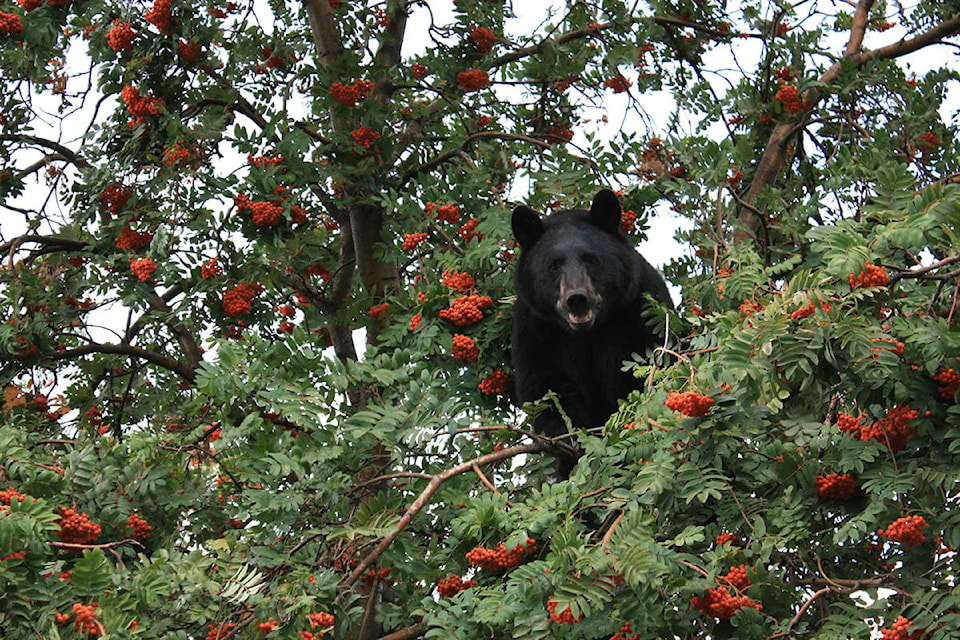A recent bear attractant audit by the B.C. Conservation Officer Service shows that many Okanagan residents are not properly storing their food attractants away from animals.
The audit found that out of eight B.C. regions, the Okanagan had the second-highest number of enforcement actions. In total, 133 enforcement actions and 49 inspections were carried out against Okanagan residents.
“Not a single conservation officer relishes the thought of having to put down an animal, which is always a last resort for public safety,” said minister of environment George Heyman.
“We will continue our community awareness campaigns and our enforcement measures where necessary.”
During the audit, conservation officers patrolled B.C. neighbourhoods in the summer and fall of 2019 to ensure residents were using bear-proof bins and that excess fruit had been picked off their trees.
READ MORE: Habitat loss greatest threat to B.C. grizzly bears
While the majority of residents complied, in October six bears had to be destroyed in three days in West Kelowna when a local business kept littering in an area around Lake Okanagan resort.
Later that month, five black bears were shot and killed by conservation officers in Penticton when the animals became habituated around local residents.
Elsewhere in the province, the South Coast saw the highest number of enforcement actions against local residents where 202 enforcement actions were carried out. The Kootenay and West Coast regions followed closely behind, where 108 and 95 enforcement actions were carried out in each region respectively.
In total, 704 inspections, 76 charges, 301 warnings and 355 protection orders were carried out against B.C. residents during the audit.
Every year, the office receives more than 25,000 reports of human-wildlife conflicts in the province.
@connortrembley
connor.trembley@kelownacapnews.com
Like us on Facebook and follow us on Twitter.
